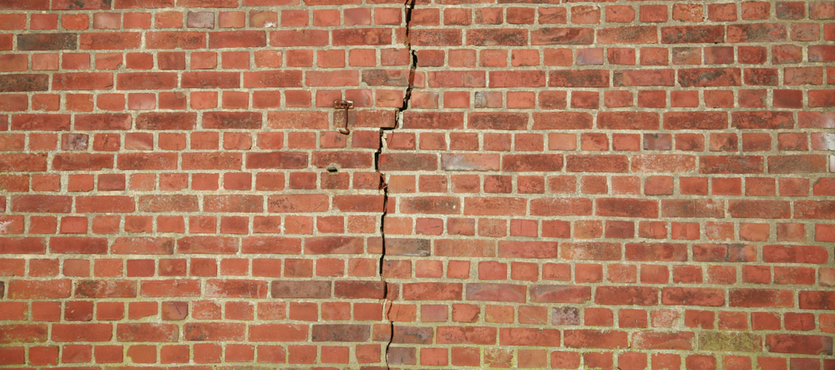The popularity of masonry structures still reigns on. You will find it everywhere from industrial construction to residential and commercial buildings. Thanks to the quality of material in use, the resulting structures are long-lasting, fire-resistant, energy-efficient, and stronger. Regardless of these merits, damage to this material can still occur. And in this case, we’ve got a few common causes of masonry damage you should watch out for. Read on:
Staining
This is a major problem on the exterior masonry wall of a house or building. To homeowners, this is a setback on kerb appeal, especially when they’re selling their property. Causes of stain are vast, however, the common ones include aging, water penetration, and the elements.
Spalling
If you notice the stone or brick is weathering and pieces of it are falling, then that’s spalling. This damage is more common when the masonry is under stress, for instance, due to moisture penetration. However, you’ll notice this even more during winter as a result of freeze and thaw.
Cracking
You are bound to encounter cracks on masonry structures. Oftentimes, they begin to develop due to moisture penetration and sometimes when the structure settles. Also, poor motor preparation is one of the leading causes. Other causes include earthquakes and floods among other natural disasters.
But the major causes are time and elements. As the brick age, it loses structural integrity with time. Combine this with the pressure from the elements, the cracks develop even faster. But we also contribute to the cracks as homeowners. Due to neglect and poor maintenance, the cracks develop faster.
Moisture Penetration
Moisture penetration is a common cause and a major problem to the masonry structure. And this is because this material has a higher affinity to water. Therefore, when it’s exposed to it, it quickly absorbs water and begins losing structural integrity. During winter, water or moisture in the masonry starts to freeze and thaw.
Due to the pressure on the stone or brick structure, this material begins to crumble gradually. Further, moisture penetrating masonry is also to the adjacent structural materials of a building like wood and steel. As such, moisture control on masonry is essential.
Adhesion Failure
The entire masonry structure, for instance, a wall is held together by adhesion. And when it fails, masonry damage begins. The common signs of adhesion failure are bulging-wall, flaky tops, and peeling. Once annually, you should schedule a building inspection to ensure structural integrity is intact.
Displacement
Displacement is not just a common cause of masonry damage, but a major problem too. Oftentimes, it’s a result of poor or loss of structural support. For instance, when the steel support system corrodes and loses its strength, displacement is bound to occur. To identify this effect, you’ll notice a shift in brick or stone materials.
Tree Roots
Roots can sometimes find their way into the masonry structure in search of moisture. And as they grow and expand, they exert pressure that cracks open the bricks or stones. As such, you may notice deep cracks developing.
Getting Started
Please note, when you spot masonry damage, it’s important to repair it right away. Oftentimes, a small issue can escalate leading to greater losses. But with the first response and the right assistance, you can resolve the problem and prevent further damage.
With that said, do you need assistance repairing masonry damage on your property? Well, contact Turnbull Masonry for expert help. Offering various masonry services such as concrete repair, brick repair, and chimney repair, they’ll fulfill all your masonry needs. With over a decade of experience in providing this service, they’re reliable for both residential and commercial masonry repairs.

